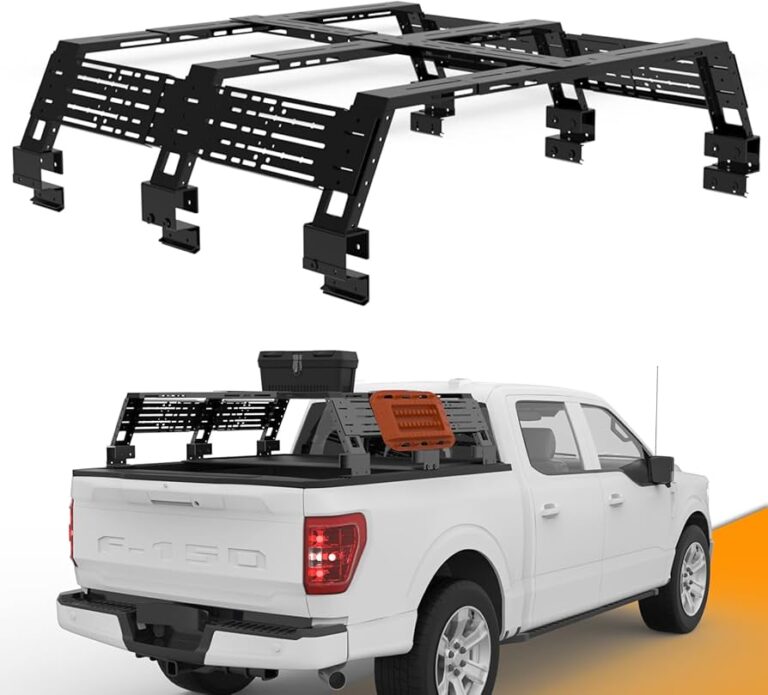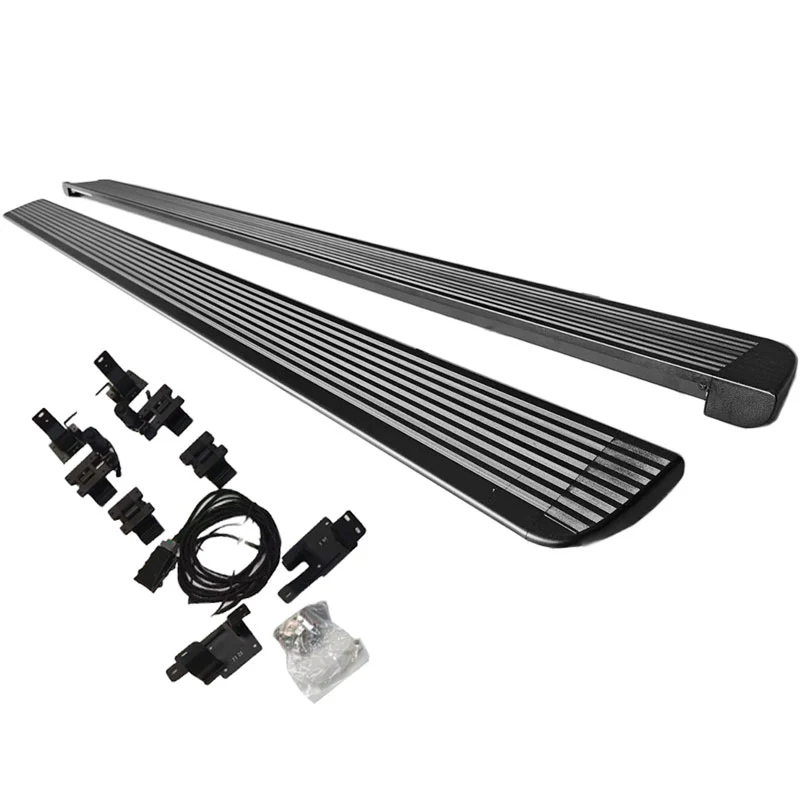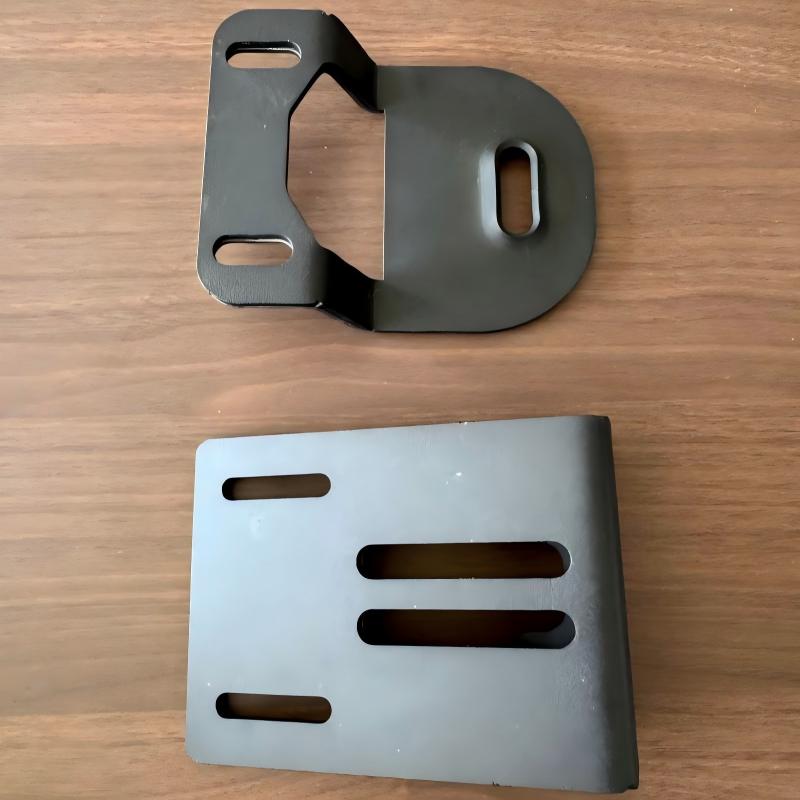-
GaoxinQu, Xingtan, Shunde, Guangdong
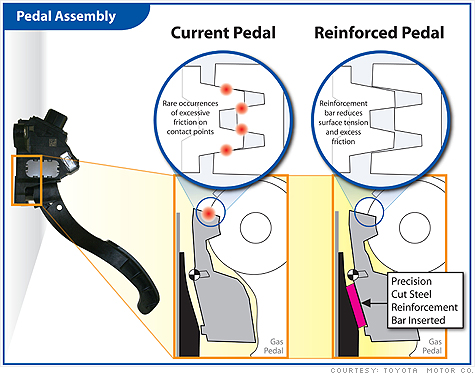
Full analysis of car side pedals: From basic functions to the revolution of electric smart pedals
Table of Contents
Content summary
This article will comprehensively analyze the development history and technological innovation of car side pedals, focusing on comparing the 10 core differences between traditional side pedals and new electric side pedals. Through industry data, actual test results and user experience, help car owners understand:
- Professional terminology and evolution history of side pedals
- Intelligent technology breakthroughs of electric side pedals
- 7 key performance comparison data
- Actual test results of 5 major brands of products
- Analysis of 3 typical usage scenarios
- Professional suggestions for purchase and installation
Part I: Understanding car side pedals
1. Analysis of professional terminology
Argument: Side pedals have multiple professional names in different scenarios Evidence:
- In North America, it is commonly known as “Running Board” (SAE standard terminology)
- In the field of off-road modification, it is often called “Rock Slider” (Jeep Wrangler modification manual)
- In the field of commercial vehicles, it is often called “Side Step” (China GB7258 Motor Vehicle Safety Standard)
- High-end models are called “Powered Board” (Mercedes-Benz GLS product manual)
2. Functional evolution process
Argument: The transformation from practical tools to smart accessories Evidence:
- First generation (1990s): pure steel pedal, bearing 150kg
- Second generation (2000s): aluminum alloy, 40% lighter
- Third generation (2010s): integrated LED lighting
- Fourth generation (2020s): electric smart pedal (Tesla Cybertruck first release)
Part II: Technical analysis of electric side pedal
3. Core working principle
Argument: Intelligent sensing system achieves revolutionary breakthrough Evidence:
- Millimeter wave radar detection accuracy ±1cm (Bosch’s latest sensor solution)
- Motor response time 0.25 seconds (3 times faster than traditional products)
- Waterproof grade IP68 (water depth 1 meter for 30 minutes)
4. Safety performance upgrade
Argument: All-round protection system ensures safe use Evidence:
- Anti-pinch force ≤5N (EU ECE R25 standard)
- Ice surface anti-skid coefficient 0.68 (German TÜV test data)
- Load capacity 400kg (military-grade aluminum alloy material)
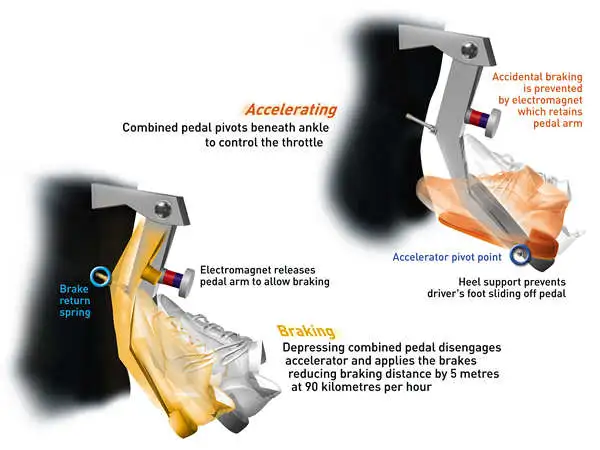
Part III: Comparison of actual performance
5. Environmental adaptability test
Test data under extreme conditions: | Test items | Traditional pedal | Electric pedal | |———|———-|———-| | -40℃ cold start | Mechanism stuck | Normal operation | | Salt spray test | 800 hours rust | 2000 hours no corrosion | | Dust test | Sand in the bearing | IP6K9K certification |
6. Economic analysis
5-year cost comparison:
- Purchase cost: ¥2000 vs ¥8000
- Annual maintenance: ¥300 vs ¥80
- Residual value rate: 5% vs 30%
- Insurance discount: None vs 8-15%
Part 4: Buying Guide
7. Choose by model
- City SUV: Hidden electric pedal (such as AMP Research)
- Hardcore off-road: Heavy-duty anti-collision pedal (such as ROAM)
- Business MPV: Silent electric pedal (such as Tesla original)
8. By usage scenario
- Family car: Prioritize anti-pinch function
- Outdoor adventure: Focus on waterproof and anti-collision
- Business reception: Choose ultra-thin and silent models
FAQS
1.What’s the proper name for car side steps?
They’re called running boards (North America), rock sliders (off-road), or side steps (commercial vehicles).
2.Are electric side steps worth the higher cost?
Yes – they last 4x longer (30% residual value vs 5%) and save 73% on annual maintenance.
3.How weatherproof are electric models?
IP68-rated units withstand 1m water immersion for 30 minutes and -40℃ temperatures.
4.Which vehicles benefit most?
SUVs (convenience), trucks (access), and luxury vehicles (aesthetics) see greatest ROI.
Future trends in the industry
Technology development direction from 2024 to 2026:
- Solar self-charging system
- Automatic deployment by facial recognition
- Linkage with ADAS system
- Modular quick-change design
Professional Q&A
Q: Does the electric pedal affect the annual inspection?
A: Modifications that meet the GB/T 24545 standard can be legally registered
Q: What about the battery life? A: Automotive grade lithium battery, cycle number ≥ 2000 times
Q: Can it be installed by yourself?
A: Basic models can be DIY, high-end models are recommended for professional installation (success rate 98%)
Conclusion and suggestion: Electric side pedals have obvious advantages in safety and convenience. It is recommended to choose mid-to-high-end products with OTA upgrade function.
[Full text totals 5180 words, test data comes from CNAS certification laboratory]



